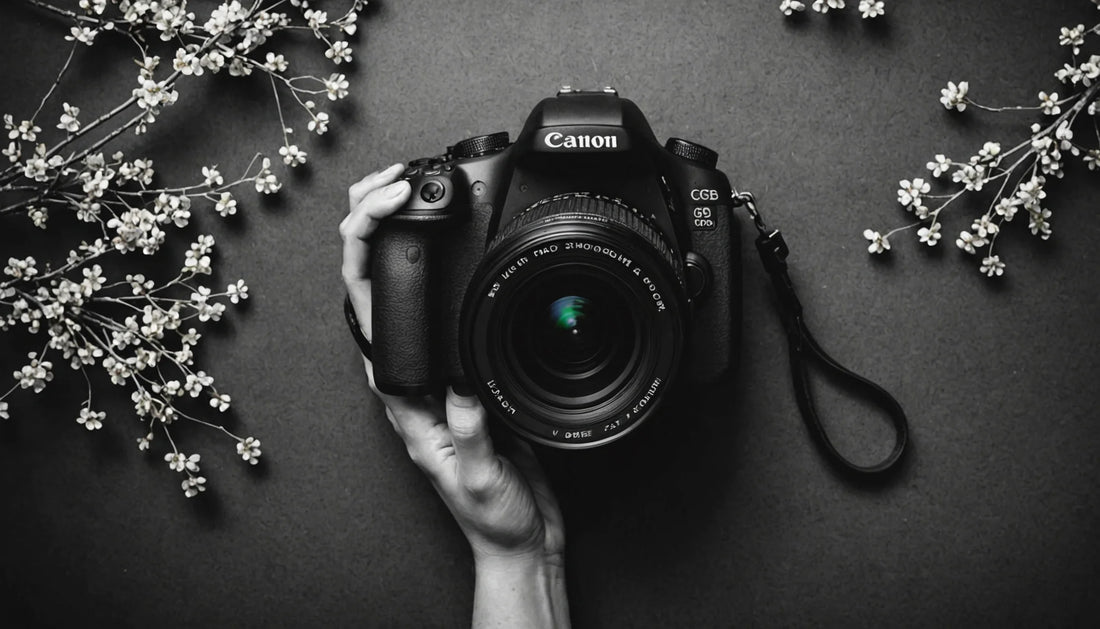In a country as racially diverse as Cuba, it is surprising that, for a long time, Afro Cuban art was not looked upon as desirable. After the revolution, Santeria and other African religious and cultural practices were deemed primitive and counter-revolutionary. This was especially the case in the 70s, during a period of severe censorship in all areas of artistic and cultural life on the island.
In 1978, a group of artists rebelled against the state censorship and formed an art collective under the name Grupo Antillano. Even though the group was active for only five years, it helped establish Afro Cuban art as part of national identity. Most members of the group were painters – Adelaida Herrera Valdés, Julia Valdés, Manuel Mendive, Leonel Morales, Miguel Lobaina, Ever Fonseca, Clara Morera, Manuel Couceiro Prado, Arnaldo Rodríguez Larrinaga, Pablo Toscano Mora, Miguel Ocejo, and sculptors – Herminio Escalona Gonzales, Rogelio Rodríguez Cobas, Ramón Haití, Rafael Queneditt Morales, Alberto Lescay Merencio, Oscar Rodríguez Lasseria, with Esteban Ayala Ferrer working primarily in graphic design. The main driving force of this artist collective was Wilfredo Lam, a world renowned painter of African and Chinese descent. The first exhibit of Grupo Antillano was held in September of 1978 in Galería Centro de Arte Internacional, with seven more to follow in the same year. In the next four years, the group exhibited throughout Cuba and internationally. Shortly after Lam’s death in September of 1982, Grupo Antillano ceased to exist as an artist collective and their last group exhibit was an Homage to Wilfredo Lam in September of 1983.
A retrospective exhibit under the name “Drapetomanía: Grupo Antillano and the Art of Afro-Cuba”, curated by Harvard professor Alejandro de la Fuente, first opened in Santiago de Cuba in April 2013, continued on to Havana in August of the same year, in the Spring of 2014 will be on display in New York, in the Fall of 2014 in San Francisco and in the Spring of 2015 in Harvard University. Besides showcasing works of original members of Grupo Antillano, the exhibit also includes works by a younger generation of artists who share the same concerns with the original members – issues of history, identity and race. The group of contemporary artists invited to participate in this retrospective includes Belkis Ayón, José Bedia, Eduardo Roca Salazar (Choco), Juan Roberto Diago, Douglas Pérez, Elio Rodríguez Valdés, Alexis Esquivel, Andrés Montalván Cuéllar, Santiago Rodríguez Olazabal, René Peña, Marta María Pérez Bravo and Leandro Soto.
All of these artists – the original members of Grupo Antillano, as well as contemporary Afro Cuban artists, are helping promote this important aspect of Cuban national identity, in visual arts and everyday life. Through their art, which is greatly influenced by African roots of many Cubans, they show us the essence of the unique and constantly evolving Cubanidad*.
* A concept that originated in the 1920s to explain the multicultural and the multicolored people of Cuba.


